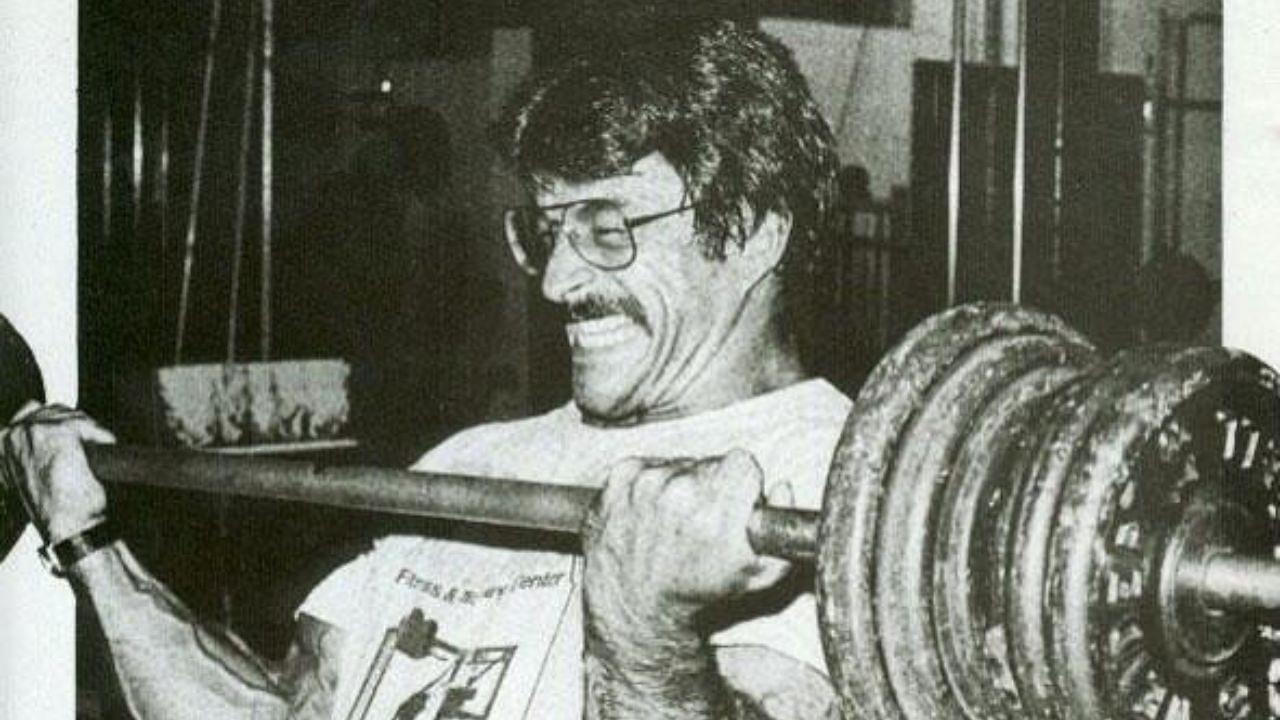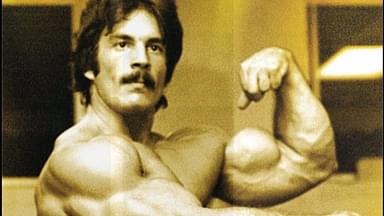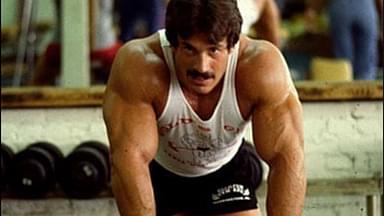For the longest time, Mike Mentzer has been known as the pioneer of high-intensity training due to his unique style of building muscle. Since his demise, the technique has drawn a lot of attention for its logical backing and genuine results across various bodybuilders, like Nick Walker, who actively practices it. In a resurfaced video posted by Heavy Duty College, Mentzer emphasizes how training more than the amount precisely required could not only lead to unnecessary strain but also be counterproductive.
With the help of several metaphors, he explained why volume training could just be misleading routine advice coming from bodybuilding champions of yesteryear.
One fact about muscle growth is that it is heavily dependent on recovery. The more time given to muscles for healing, the better growth they exhibit. Painting a picture of digging a hole along a road, Mentzer explained how the scenario explained an average training process.
Perhaps the most surprising part about Mentzer’s example was how he reasoned that any amount of training led to a negative effect on the muscles. Since performing even one set meant that the muscles were stretched and strained, just like a dug-up road, negatives began with just one set. Therefore, he pointed out how volume training was detrimental in such scenarios.
“Volume is a negative, because for every set performed…more and more of the body’s limited reserve of resources is used in the attempt to recover or compensate for the merely exhaustive effects of the workout…”
Another concerning factor about volume training that Mentzer highlighted was how his clients would often ask him if a second set would put the routine in a tizzy. To this, he would often chastise how another set could just topple off all the hard work that a single-set high-intensity training plan did.
“Going from one set to two sets is not merely a linear or sequential increase of one unit. It represents a 100% increase in the volume of the exercise. You just doubled the exercise and, therefore, you doubled the inroad into recovery ability.”
Mentzer had always maintained that volume training and spending hours at the gym were detrimental to one’s physique and also reversed the growth trigger in muscles. Theories of recovery and heavy-duty training came from his personal experiences when he used to practice bodybuilding with his brother, Ray Mentzer.
Mike Mentzer almost accidentally discovered recovery’s role in muscle growth
Back in the day, when the Mentzer brothers used to train for bodybuilding competitions, they religiously followed the high-intensity technique for better gains. However, they once reached a point of absolute exhaustion where they couldn’t go any further. A resurfaced video on the YouTube channel Heavy Duty College once posted a video on the incident.
Instead of pushing through and risking injuries, the brothers took an extended break from the gym. To Mike’s surprise, instead of seeing a dip in his gains, he discovered that his physique had improved, and he almost gained 10 pounds of muscle in three weeks! That’s how he began a modified version of high-intensity training, called it his heavy-duty style, and prioritized recovery over volume.




